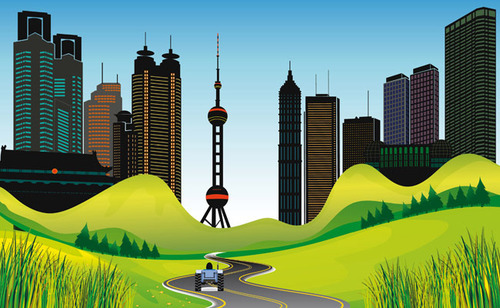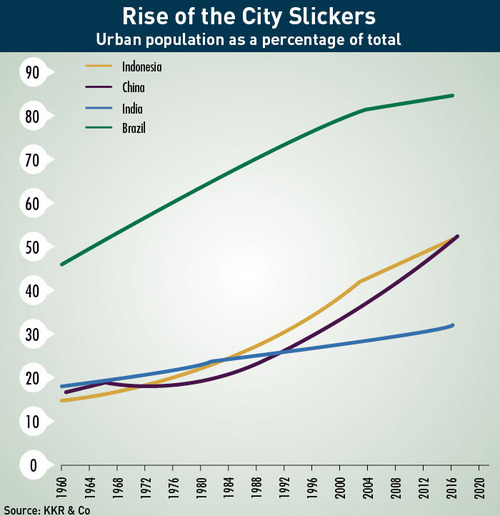Architects worldwide commit to net-zero energy buildings
Tue, 08/26/2014 – 09:52 – Alan Mwendwa

Source: www.e-architect.co.uk
Architects from across the world unanimously adopted the 2050 Imperative, which commits them to 100 percent net-zero energy design and construction by that year.
Members of the International Union of Architects signed the document at last week’s annual World Congress. Member organizations represent over 1.3 million architects in 124 countries. This is the first time in the organization’s 65-year history that Architect Councils from every region of the world have signed a declaration.
Initiated and drafted by Architecture 2030, it flowed through the American Institute of Architects and then to the International World Congress.
The 2050 Imperative says, “Recognizing the architects’ central role in planning and designing the built environment, and the need to reduce carbon emissions to zero by 2050 and provide equal access to shelter, we commit to promote the following actions.”
Engage in research and set targets to meet the 2050 goal.
Plan and design cities, towns, urban developments and new buildings to be carbon neutral (net-zero energy), using no more energy over the course of a year than they produce, or import from renewable energy sources.
Renovate and rehabilitate existing cities, towns, urban redevelopments and buildings to be carbon neutralwhile respecting cultural and heritage values.
In those cases where net-zero isn’t feasible or practical, designs will be extremely efficient, with the ability to produce or import all energy from renewable energy sources in the future.
Advocate and promote socially responsible architecture to the community.
Architecture 2030 recently released Roadmap to Zero Emissions plans to help member organizations meet the goals.
“We have made great strides towards a sustainable built environment, but we still need to advance the industry to make sustainable design the de facto standard for all construction projects,” says Helene Combs Dreiling, president of American Institute of Architects.
Over the next 20 years, “an area roughly equal to 60 percent of the total building stock of the world is projected to be built and rebuilt in urban areas worldwide, providing an unprecedented opportunity to set the global building sector on a path to phase out carbon emissions by 2050,” the document says.
Architects voted on the 2050 Imperative in advance of the United Nations Climate Summit in Paris, France next year. We want to “send a strong message to the Parties of the United Nations Framework Convention on Climate Change, and to the world, that we are committed to a truly sustainable and equitable future.”
California and the EU have passed laws requiring net-zero buildings.
Source: GreenBiz



